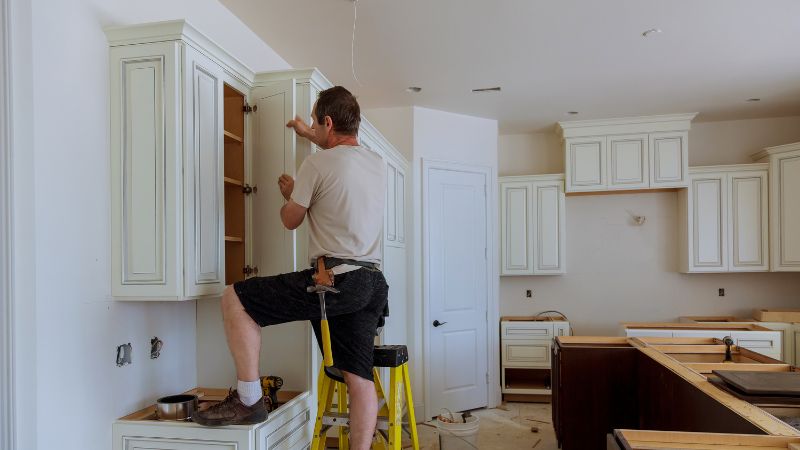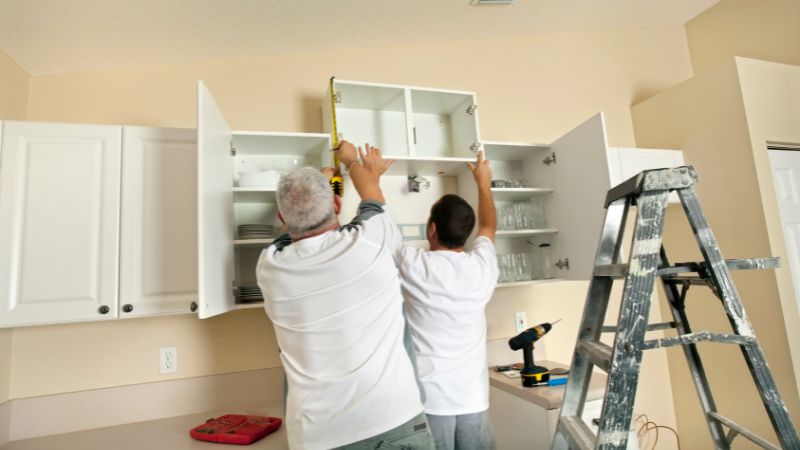A Comprehensive Guide to Measuring for Kitchen Cabinets
Measuring for kitchen cabinets is a crucial step in the installation process, whether you’re renovating or starting from scratch. In this guide, we’ll walk you through the basics of measuring any kitchen space, helping you avoid common mistakes and ensuring accurate measurements for a successful cabinet installation.
Determining Cabinet Types:
Before measuring, decide whether you’re using standard or custom-sized cabinets. Standard cabinets come in 3-inch increments, while custom cabinets offer more flexibility. Consider the layout, prioritize cabinet types, and be aware of available features to maximize space.


Common Mistakes in Measuring:
Avoid key mistakes when measuring, such as overlooking ceiling height, forgetting about soffits, and neglecting details like door and window casings. Knowing the existing features and potential obstacles in the space is essential for accurate measurements.
Taking Measurements:
Start by making a rough sketch of the kitchen layout, noting appliances, doors, windows, and other features. Measure horizontally and vertically, considering ceiling height and potential obstacles. Pay attention to details like soffits, casings, and openings. Double-check measurements and ensure precision.

Compensating for Uneven Levels:
Houses may have uneven floors or ceilings. Compensate by using starter molding on top of cabinets, allowing for adjustments and ensuring a level installation. Understanding the high and low points of the space is crucial for accurate measurements.

Get started on your project today!
Step-by-Step Measurement Guide:
Accurate measurements are vital to prevent costly mistakes, ensure proper cabinet fit, and avoid issues during installation. Incorrect measurements may lead to the need for cabinet returns, additional expenses, and functional problems in the kitchen.
Make a rough sketch of the existing or new kitchen layout.
Measure horizontal dimensions from wall to wall, considering openings like doors and windows.
Measure vertical dimensions, noting ceiling height at various points.
Find the center point of existing fixtures like sinks and stoves.
Measure doors and windows, recording height and width.
Measure the distance between objects and the floor/ceiling.
Measure existing cabinets for reference.
Double-check all measurements to ensure accuracy.
Conclusion
Understand standard cabinet dimensions for base, upper, and pantry cabinets. Consider the height, depth, and width variations available to choose the right combination for your kitchen space.
Measuring for kitchen cabinets is a detailed process that requires attention to various factors. By following this comprehensive guide, you’ll be well-equipped to gather accurate measurements, choose the right cabinets, and ensure a successful kitchen renovation or installation project.
